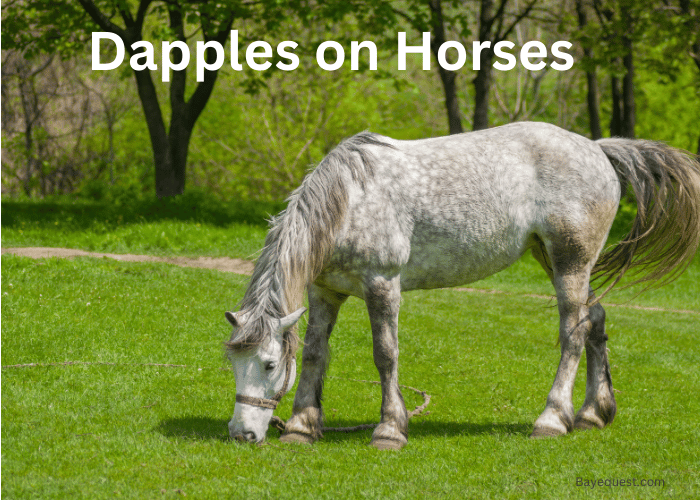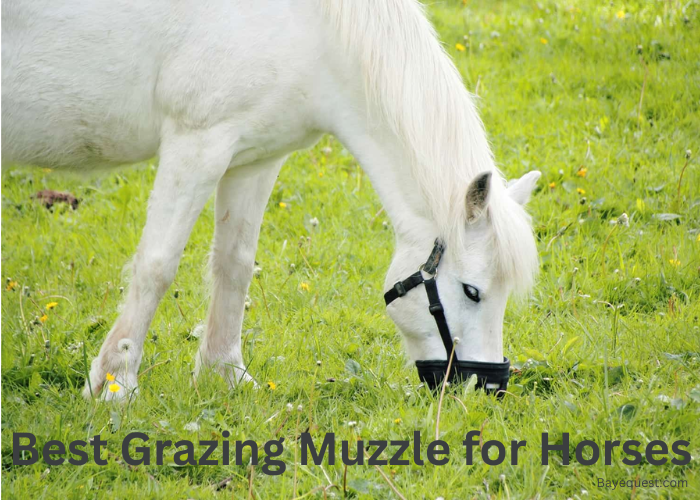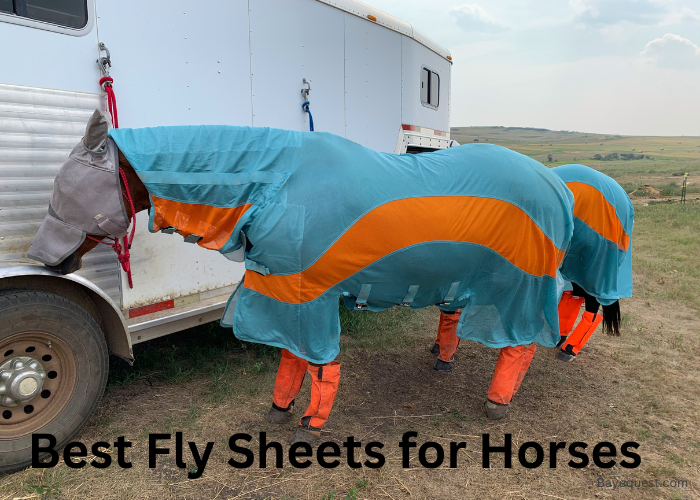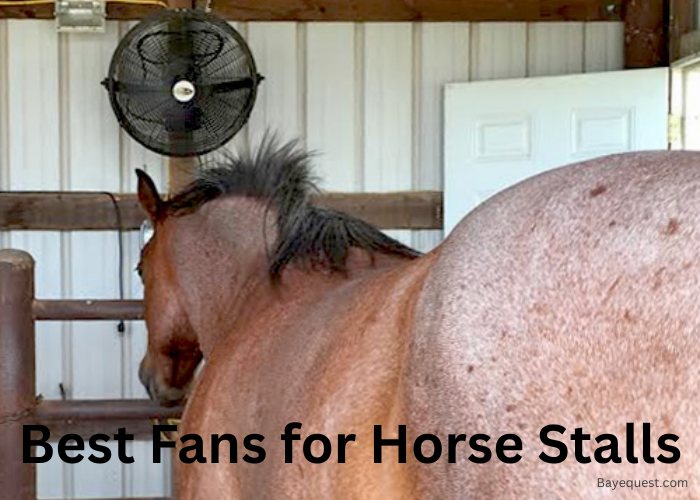Dapples on horses are like nature’s brushstrokes. Those circular, contrasting patterns on a horse’s coat catch the eye and spark curiosity.
Why do some horses have dapples while others don’t? Is it all about genes, diet, or just plain luck? In this blog, we’ll dive into the world of apples.
We’ll explore what makes these spots appear, how to enhance them, and bust some myths along the way. Get ready to appreciate the beauty and science behind those stunning dappled coats.
Dapples on Horses: Key Takeaway
Dapples are round spots on a horse’s coat that differ in color from the surrounding hair. Common in gray horses, they can also appear in bays and chestnuts. These patterns often indicate good health and proper care, making dappled horses particularly eye-catching and admired.
What are Dapples on Horses?
Dapples are spots on a horse’s coat. They look like circles and can be lighter or darker than the rest of the coat.
These spots give the horse a unique and eye-catching look. Some horses have dapples all year, while others show them only in certain seasons.
The pattern and intensity of dapples can vary from horse to horse. They can appear on any part of the horse’s body, but are most common on the hindquarters and shoulders.
Dapples are not just pretty—they can also be a sign of good health.
Are Dapples Genetic or a Condition?
Dapples can be both genetic and a condition.
Genetics play a big role in whether a horse has dapples. Some breeds are more likely to have them due to their genetic makeup.
However, a horse’s health and condition can also affect dapples. Good nutrition, proper care, and overall health can make dapples more noticeable.
On the flip side, poor health or diet can make them fade or disappear. So, while genes set the stage, the horse’s condition can bring the dapples to life or make them vanish.
Are Horses Born With Dapples?
No, horses are not born with dapples. Dapples usually appear as the horse matures. They can come and go depending on the horse’s age, diet, and health.
Young horses might develop dapples as they grow older, especially if they are well-fed and healthy.
However, not all horses will develop dapples, even if they have the right genes and care.
Dapples are a sign of good health and proper care, but they don’t show up at birth. They appear later, adding to the horse’s unique beauty as it grows.
Do Horses Keep Dapples?
Horses don’t always keep their dapples. These spots can come and go depending on various factors.
A horse might have prominent dapples during certain times of the year, like in summer, and lose them in winter. Changes in diet, health, and grooming routines can also affect dapples.
If a horse is healthy and well-cared for, dapples might stay longer. But if the horse’s condition changes, the dapples can fade.
So, while some horses may keep their dapples for long periods, others might see them change or disappear over time.
Causes of Dappling
Dappling in horses is caused by a mix of genetics, diet, health, and care. Here’s a closer look at each factor:
1. Genetics. Some horses inherit the tendency to develop dapples from their parents. Certain breeds are more likely to show these spots.
2. Diet. A balanced diet rich in nutrients can enhance dapples. Horses that eat well and get the right vitamins and minerals often have more pronounced dapples.
3. Health. Good overall health contributes to dappling. A healthy horse with a shiny coat is more likely to display these patterns.
4. Grooming and care. Regular grooming and proper care keep the coat in good condition, making dapples more visible. Clean, well-maintained coats tend to show dapples better.
5. Seasonal changes. Dapples can come and go with the seasons. Some horses develop dapples in the summer when their coat is shorter and shed them in the winter when the coat grows longer.
How to Get Dapples on Horses
Getting dapples on horses involves a combination of good care, proper nutrition, and regular grooming. Here are some steps to help enhance and maintain dapples on your horse:
Nutrition
Balanced diet. Ensure your horse receives a balanced diet rich in essential nutrients. High-quality hay, grains, and a variety of vitamins and minerals are crucial.
Supplements. Consider adding supplements that promote coat health, such as omega-3 fatty acids, biotin, and amino acids. These can improve the overall condition and shine of the coat, making dapples more likely to appear.
Health and wellness
Regular veterinary care. Keep up with regular veterinary check-ups to ensure your horse is healthy. Address any health issues promptly, as a healthy horse is more likely to develop dapples.
Exercise. Provide regular exercise to keep your horse fit and healthy. Exercise improves circulation and can contribute to a healthy coat.
Grooming
Consistent grooming. Brush your horse regularly to remove dirt and dead hair. This stimulates the skin and promotes a healthy, shiny coat.
Bathing. Bathe your horse as needed to keep the coat clean. Use shampoos and conditioners designed for horses to enhance the coat’s health and shine.
Blanketing. During the colder months, use a blanket to protect the coat and keep it clean. This helps maintain the coat’s condition, which can make dapples more visible.
Environmental factors
Stable environment. Provide a clean, comfortable living environment. A stress-free horse is more likely to be healthy and show dapples.
Seasonal changes. Understand that dapples may appear more prominently in certain seasons. For example, some horses develop dapples in the summer when their coat is shorter and sheds in the winter.
Patience and observation
Patience. Be patient and consistent with your care routine. Dapples may not appear immediately and can take time to develop.
Observation. Pay attention to any changes in your horse’s coat. Adjusting diet, grooming, or care routines based on your observations can help enhance dapples.
Can All Horses Get Dapples?
Not all horses can get dapples. Whether a horse develops dapples largely depends on its genetics.
Some breeds are more likely to have dapples due to their genetic makeup. If a horse’s parents had dapples, there’s a higher chance it will too.
Health is another critical factor. A horse needs to be in good health to develop dapples.
Proper nutrition, regular exercise, and good overall care can enhance the chances of dapples appearing. Horses that are well-fed, fit, and healthy often show more pronounced dapples.
Coat color also influences the visibility of dapples. Dapples are more noticeable on certain coat colors.
For example, gray, bay, and chestnut horses often show dapples more clearly than darker or lighter-colored horses. The contrast between the dapples and the base coat color makes them stand out more.
Age can affect dapples too. Younger horses may develop dapples as they mature, while older horses might see their dapples fade over time.
Dapples can come and go with changes in health, diet, and seasons, making them a dynamic feature of a horse’s coat.
What Breeds Commonly Have Dapples?
Certain horse breeds are more commonly seen with dapples due to their genetic predisposition. Here are some breeds known for frequently having dapples:
- Andalusian
- Thoroughbred
- Arabian
- Lusitano
- Warmblood
- Connemara Pony
- Lipizzaner
- Hanoverian
Do Dappled Horses Come in All Colors?
Dappled horses can come in a variety of colors, but not all coat colors show dapples equally well. Here are some common colors in which dapples are most often seen:
- Gray
- Bay (Read also: What is a Bay Horse?)
- Chestnut
- Black
- Palomino
- Buckskin
Are Dapples a Sign of Good Health?
Yes, dapples are often a sign of good health. They show up when a horse is well-fed and properly cared for.
A balanced diet, regular exercise, and good grooming can all help a horse develop dapples. If a horse is healthy, its coat will shine and dapples are more likely to appear.
So, seeing dapples can be a good indicator that a horse is in top condition.
Myths and Facts About Dapples
Now, separate myths from facts to give you a clearer picture of what dapples truly indicate.
1. Myth: Dapples are solely determined by genetics.
Fact: Dapples can be influenced by genetics, diet, and care.
2. Myth: Any horse can develop dapples.
Fact: Not all horses will develop dapples, even with the right conditions.
3. Myth: Dapples are permanent features.
Fact: Dapples can vary with changes in health and seasons.
4. Myth: Dapples indicate a specific breed.
Fact: Dapples can appear in various breeds, not just specific ones.
5. Myth: Dapples always signify optimal health.
Fact: While dapples often indicate good health, they are not a definitive sign.
Famous Dappled Horses
The following dappled horses have left a mark in history and popular culture:
- Bucephalus – Alexander the Great’s legendary war horse.
- Copenhagen – The Duke of Wellington’s charger at the Battle of Waterloo.
- Marengo – Napoleon Bonaparte’s renowned war horse.
- Seabiscuit – The famous racehorse known for its inspiring career.
- Trigger – Roy Rogers’ iconic movie horse.
FAQs
What supplements will add dapples?
Supplements rich in omega-3 fatty acids, biotin, and amino acids can enhance coat health and may help bring out dapples.
Will all dapple grey horses turn white?
Yes, most dapple grey horses will gradually turn white as they age, usually starting to lighten around the age of 6-8 years.
See also: Dapple Grey Horse Names.
Conclusion
Dapples on horses are nature’s beauty marks, adding charm and elegance to these majestic creatures. Whether influenced by genetics, diet, or care, dapples tell a story of health and good grooming.
While not all horses can boast these spots, those that do captivate our hearts and eyes. Remember, a well-cared-for horse shines, dapples or not.
So, keep your horse healthy, happy, and maybe you’ll spot those delightful dapples. Share your dappled horse stories and photos with us – let’s celebrate these beautiful patterns together.








